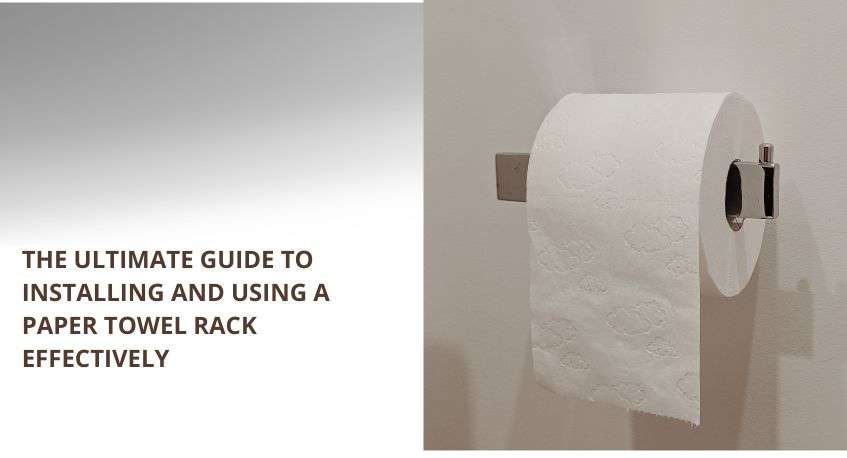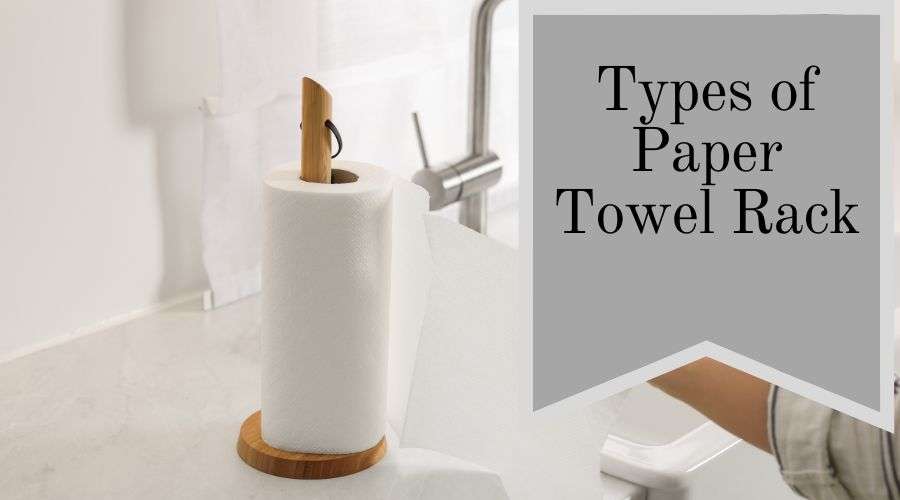
Blog

Oct 7,2024
Material Selection for Wire Form Springs: Choosing the Right Alloy for Your Needs
Wire form spring production is an important manufacturing industry that supplies components to several sophisticated engineering industries, including automotive, aircraft, and electronics. Although wire-form spring manufacturing comprises the production of a number of components and items, the most important component helpful in both domestic and industrial applications is a wire-form spring.
Understanding the mechanical capabilities of each material like corrosion resistance, temperature characteristics, and cost-effectiveness of materials is critical for selecting the best wire forms springs. By carefully examining these material aspects, manufacturers of wire form springs may ensure that the finished product fulfils the specified performance standards and can survive the rigours of their intended uses.
Material Selection For Wire Form Springs
When it comes to mechanical performance, a wire form spring should be made of a material that can deliver reliable and continuous performance over a long period of time. Some qualities that a wire form spring material should possess are:
Tensile Strength and Wear Resistance
A wire form spring material should have the capability to tolerate forces without getting deformed. Moreover, the wire spring should be wear-resistant since in many applications wire srings are required to perform repetitive tasks rapidly without getting damaged.
Withstand Corrosion
Wire forms in various machinery and applications are exposed to harsh environments. Choosing material that remains undamaged by moisture, and chemicals is crucial. Stainless steel is a suitable material as it is rust-resistant and cannot get spoiled easily. It remains intact and can deliver consistent performance.
High Tolerance to Temperature Changes
The performance of mechanical components is closely correlated with the temperature of the environment. A suitable wire form material should be able to handle exposure to different extreme temperatures. Some materials have a high thermal resistance, which allows them to perform better in high temperatures, while other materials can function well in extremely cold environments. The expansion and contraction of materials due to temperature change is a major factor, and materials that remain least affected are the most suitable for delivering a consistent performance.
Affordability and Availability
You can choose the best material but if it is expensive to procure the result would be a high manufacturing cost which will cut into profits and would mean that you only produce a limited number of products before money runs out. So to make manufacturing sustainable the new form of material should be commonly available in large quantities without costing a lot. Material sourcing should be as cost-efficient as possible to avoid production delays.
How Materials Affect Spring Performance?
Boost Energy Efficiency
A wire form made of the correctly chosen material means that during performance it can minimize energy losses. This also means that it can also convert mechanical energy much more efficiently. A spring made of stiff material means that it will vibrate less and this means that less energy is lost through unnecessary movement which increases the efficiency of mechanical operation.
Enhanced Load Bearing Capacity
Choosing the right wire from spring material boosts mechanical performance because it means that the spring can bear load much more easily and without breaking. A high-tensile strength material can tolerate heavy loads without undergoing structural failure.
Some Common Spring Materials
Beryllium Copper Alloys: A Sturdy and Trustworthy Substance
This copper alloy is a superb substance that makes the springs versatile enough to be employed in numerous applications ranging from musical instruments, weapons, etc.; its qualities, like solid strength and excellent conductivity, make it one of the most versatile materials.
Ceramic: For superior resistance to heat
The material used in springs that will be exposed to high temperatures must be thermally heat resistant. The best material for withstanding abrasion and being lightweight is ceramic.
Rubber: To ensure quiet and seamless operation
The structural architecture of rubber springs is typically devoid of coils. Rubber material is also recommended for applications where rust and magnetism may have an impact on performance. Rubber is an excellent material for this because it is not affected by either. Rubber has an advantage over metallic component springs in that it is more resilient to shocks without producing noise.
Conclusion
The selection of appropriate materials for wire forms and springs has a direct impact on load-bearing capacity, energy efficiency, and functionality. Selecting materials with the right mechanical qualities enables dependable performance, accurate movement, and long-term durability. Premature deterioration is avoided using corrosion-resistant materials, guaranteeing the components' durability and aesthetic appeal.
Features such as heat resistance allow the product to endure changes in temperature without losing functionality. Moreover, cost-effectiveness and material availability are practical issues that impact the overall feasibility and economic viability of the manufacturing process.
Wire forms and springs that satisfy the highest requirements for quality, performance, and dependability can be produced by manufacturers with a thorough understanding of material selection and the use of readily available resources.


